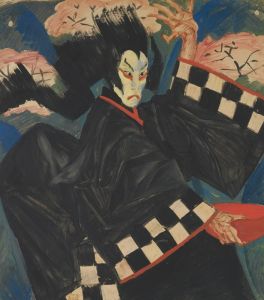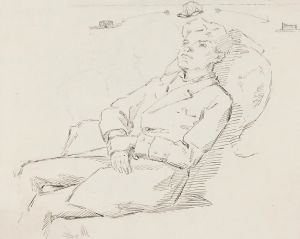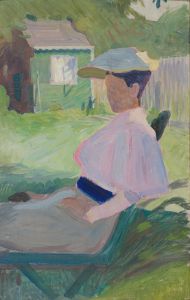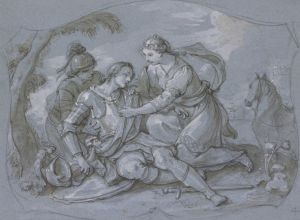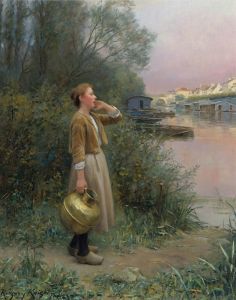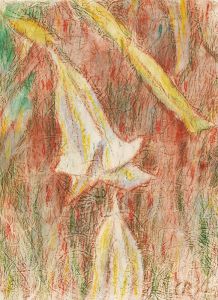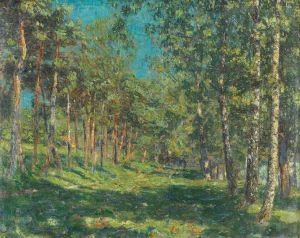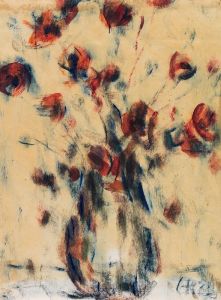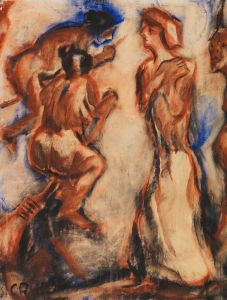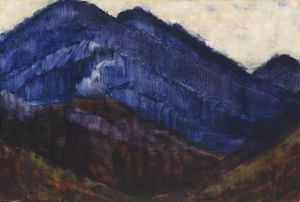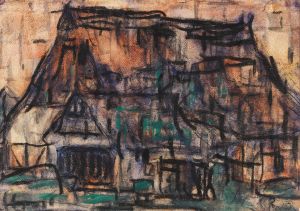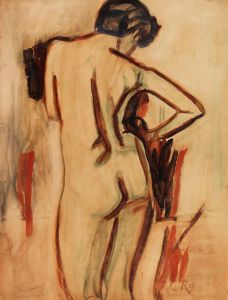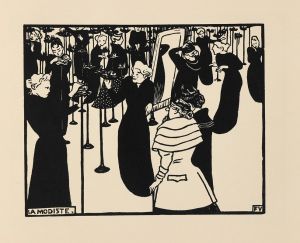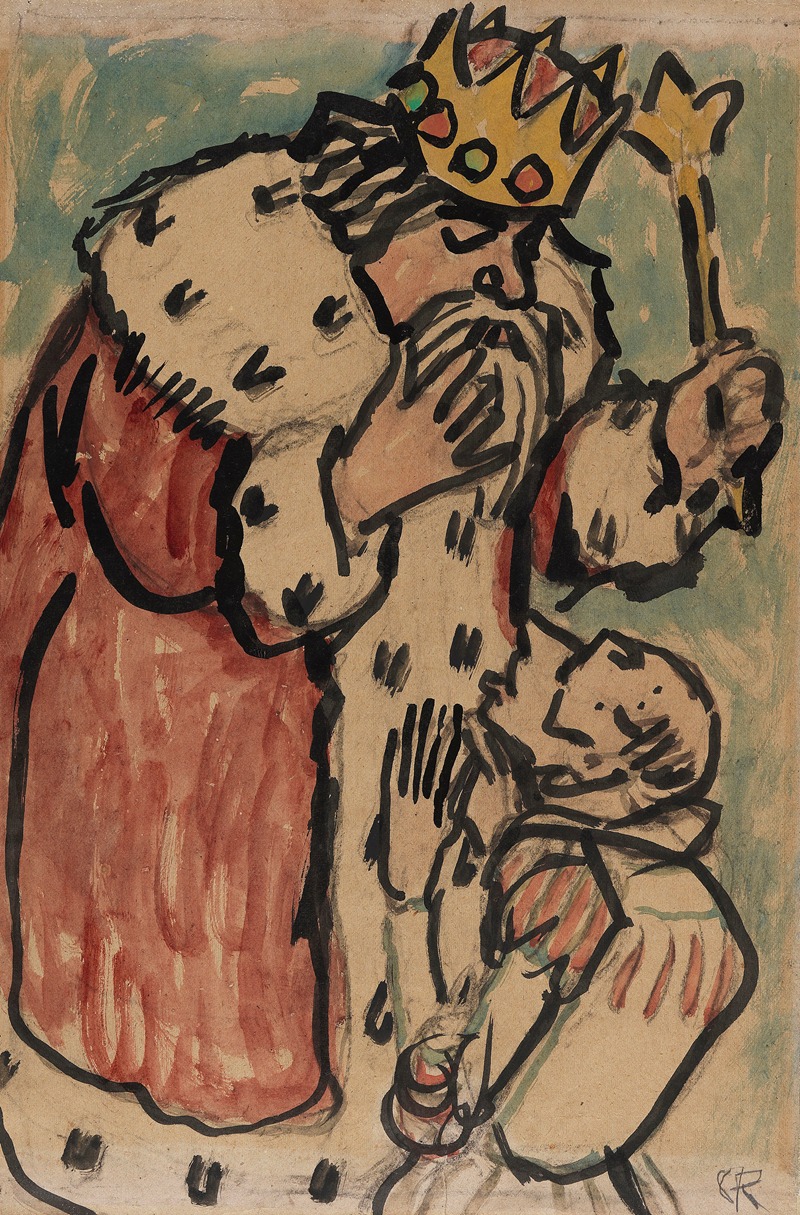
König
A hand-painted replica of Christian Rohlfs’s masterpiece König, meticulously crafted by professional artists to capture the true essence of the original. Each piece is created with museum-quality canvas and rare mineral pigments, carefully painted by experienced artists with delicate brushstrokes and rich, layered colors to perfectly recreate the texture of the original artwork. Unlike machine-printed reproductions, this hand-painted version brings the painting to life, infused with the artist’s emotions and skill in every stroke. Whether for personal collection or home decoration, it instantly elevates the artistic atmosphere of any space.
Christian Rohlfs was a German painter known for his contributions to Expressionism, and his work "König" is one of the notable pieces in his oeuvre. Born on December 22, 1849, in Groß Niendorf, Germany, Rohlfs initially studied at the Grand Ducal Saxon Art School in Weimar. His early work was influenced by Impressionism and Post-Impressionism, but he later became associated with the Expressionist movement, which is evident in his dynamic use of color and form.
"König," which translates to "King" in English, exemplifies Rohlfs' mature style, characterized by bold brushwork and vivid colors. The painting reflects his interest in capturing emotional intensity and exploring the human condition, themes that are central to Expressionism. Rohlfs often drew inspiration from religious and mythological subjects, and "König" may be interpreted as a representation of power and authority, though the specifics of its subject matter remain open to interpretation.
Rohlfs' career was marked by a significant evolution in style. Initially, his work was more naturalistic, but after moving to Hagen in 1901, he began to experiment with more abstract forms and expressive techniques. This shift was influenced by his exposure to the avant-garde movements of the time and his interactions with other artists. In Hagen, he became associated with the Folkwang Museum, which played a crucial role in his artistic development.
Throughout his career, Rohlfs faced numerous challenges, including health issues and the political turmoil of his time. Despite these obstacles, he remained a prolific artist, producing a vast body of work that includes landscapes, portraits, and still lifes. His contribution to the Expressionist movement was significant, and he is regarded as one of the leading figures in German modern art.
Rohlfs' work, including "König," was not immune to the cultural and political upheavals of the early 20th century. During the Nazi regime, his art was condemned as "degenerate," and many of his pieces were removed from public collections. Despite this, Rohlfs continued to paint until his death on January 8, 1938, in Hagen, Germany.
Today, Christian Rohlfs is celebrated for his innovative approach to color and form, and his work is held in high esteem in art circles. "König" is a testament to his ability to convey complex emotions and ideas through his art. His paintings are housed in various museums and collections worldwide, ensuring that his legacy endures.
In summary, "König" by Christian Rohlfs is a significant work that reflects the artist's mature Expressionist style. Through its bold use of color and form, the painting captures the emotional depth and complexity that Rohlfs sought to express in his art. His contributions to modern art continue to be recognized and appreciated, making him a pivotal figure in the history of Expressionism.





